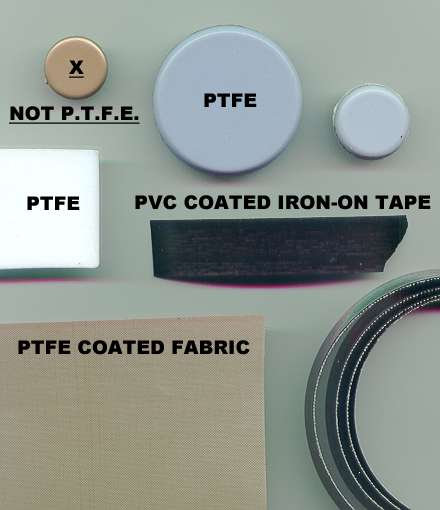
Up

 |
|||||||||||||||||||||||||||||||||||||
| THE BEARINGS | |||||||||||||||||||||||||||||||||||||
| Home Up |
|||||||||||||||||||||||||||||||||||||
| Much has been written about the secret art of making good bearings for Dobsonians. Some advocate a particular make and grade of a worktop laminate - unknown in this country (the U.K.) I think. The consensus is: | |||||||||||||||||||||||||||||||||||||
| The ideal system: | |||||||||||||||||||||||||||||||||||||
| Moves smoothly but not too freely. You need control and not have the thing running away from you. | |||||||||||||||||||||||||||||||||||||
| Will stay still after being moved and not creep. May need to balance the telescope to achieve this. Put another way, it will need slightly more force to start it moving than needed to keep it in motion. But.. | |||||||||||||||||||||||||||||||||||||
| Will not stick when left un-touched for a while but will repond to a light force without jumping into movement. | |||||||||||||||||||||||||||||||||||||
| Would not have glass-smooth surface to surface contact because it is said that it promotes sticking. | |||||||||||||||||||||||||||||||||||||
| I would sacrifice the first to achieve the other requirements because something can be done about that (see my Doblock). Searching through the shelves of the local D.I.Y. warehouse unearthed some possibilities. After some tests, I ended up with the following solution: | |||||||||||||||||||||||||||||||||||||
| Main Base Bearing - Originally I used three P.T.F.E. coated furniture gliders (the large blue disk in the pic.) they worked fine. Later, three 1/8 inch; thick P.T.F.E. blocks were substituted, kindly given to me by a fellow astronomer and buddy. These were stuck to the base, 120 deg. apart, with double-sided adhesive tape. The other half of the bearing, stuck to the rotating disk, is a 12 inch; L.P. record - 'The Vienna Boys Choir' - this is not essential !, neither is the use of a record; the laminate surface worked quite well until I tried to 'improve' things by waxing it with furniture polish. It then stuck, needing a tug to get it started. The record was an attempt to recover the situation because I couldn't get enough polish off; it worked even better, probably because the micro-grooves stopped the sticking.; | |||||||||||||||||||||||||||||||||||||
 |
|||||||||||||||||||||||||||||||||||||
| The picture shows the different types of materials tried. Just showing at the left-hand corner is a sheet of a P.T.F.E. coated fabric.This is sold as non-stick re-usable lining material for cooking purposes (available in the U.K. from Lakeland Ltd ). It's also used, with a self-adhesive backing, to line heat-sealer jaws and packaging production lines - it works fine as the upper bearing on the base instead of the L.P. record. | |||||||||||||||||||||||||||||||||||||
| Tube bearings - the edges of the two bearing disks were wrapped with iron-on P.V.C. edging tape. This has a smooth surface but (if you pick the right type) has a small pattern indented which helps break the sticking factor. The trunions each have two small P.T.F.E. gliders cut to shape and stuck on at 90 deg. apart. Note - they are the blue material, the gold coloured ones I bought turned out not to be P.T.F.E. at all, but P.V.C.. This stuck badly. | |||||||||||||||||||||||||||||||||||||
| The whole assembly worked out to my satisfaction, it moves gracefully and can be adjusted to hold on an object at high magnification. | |||||||||||||||||||||||||||||||||||||
| RETURN TO 'CONSTRUCTION' for the bells & whistles | |||||||||||||||||||||||||||||||||||||